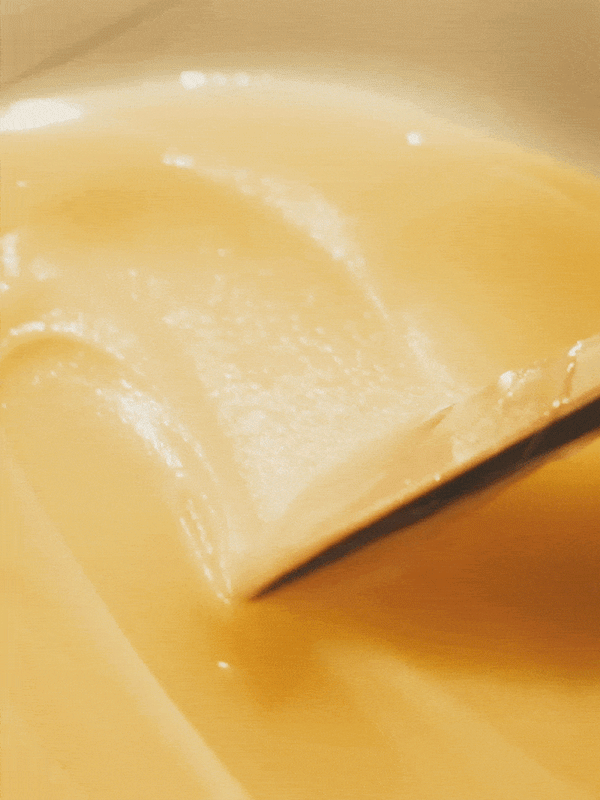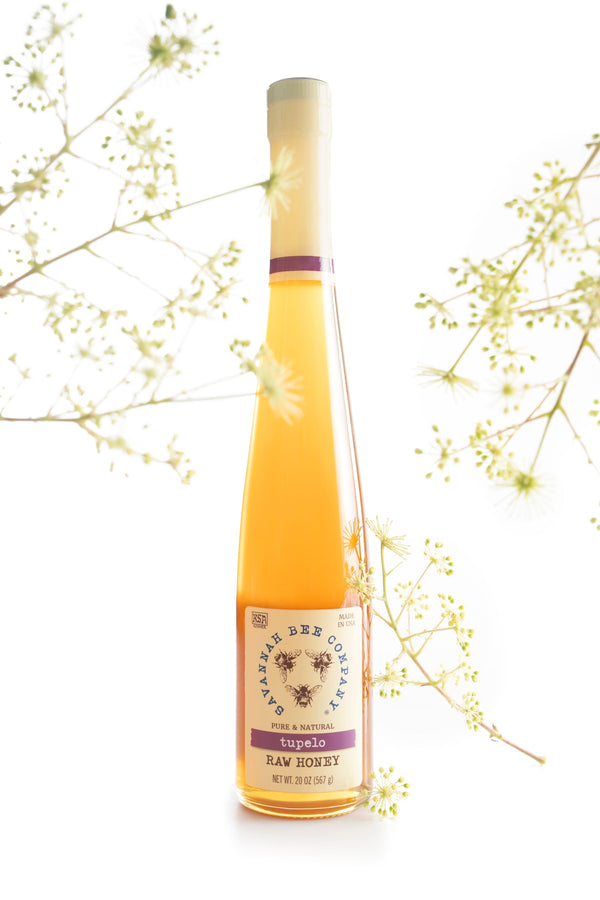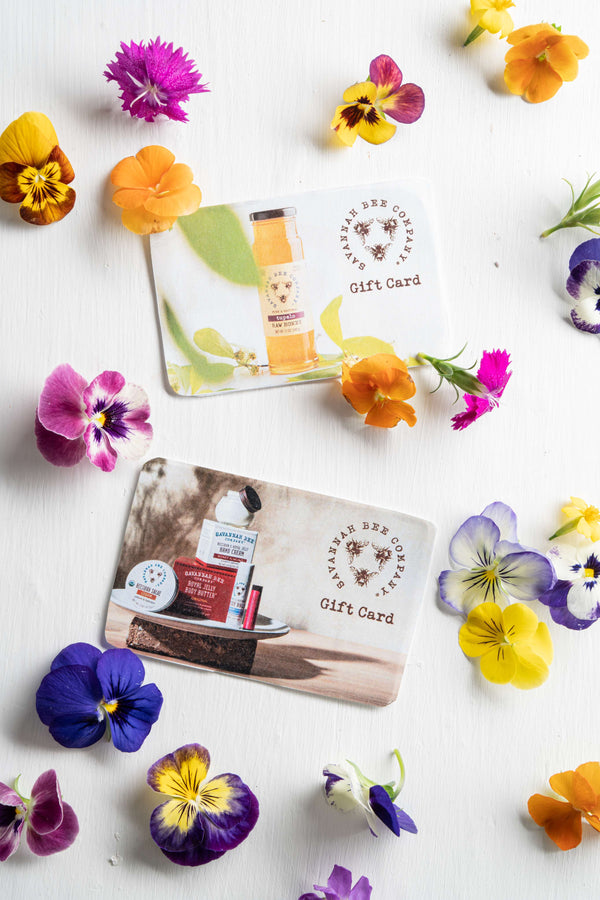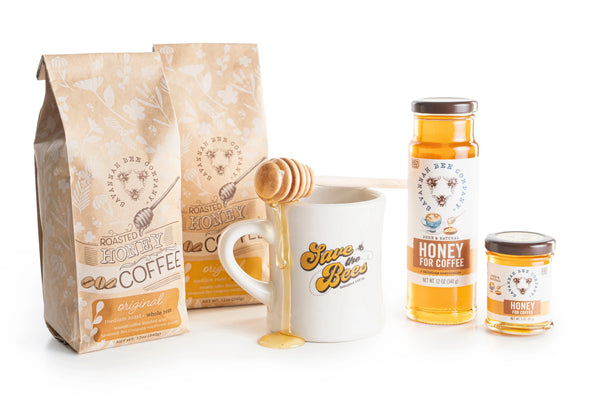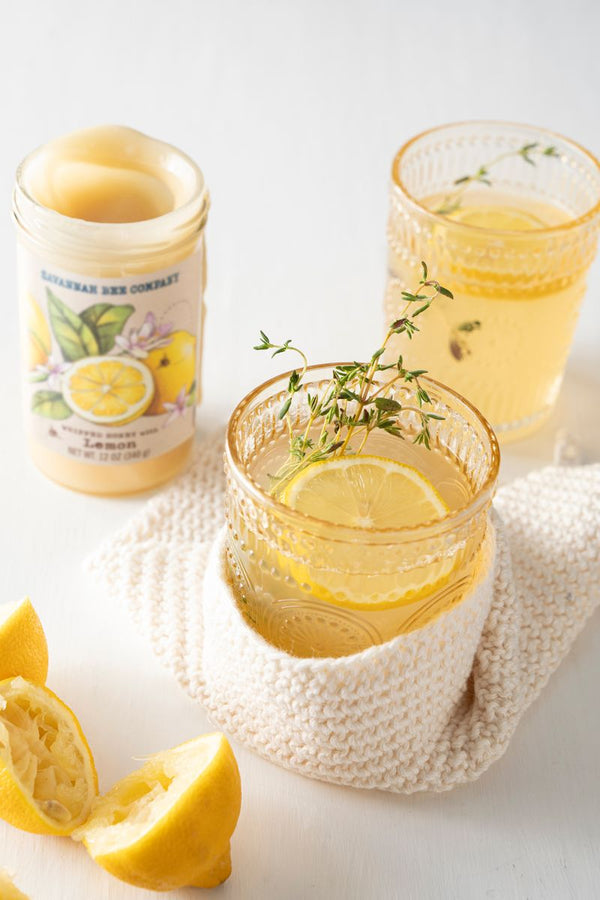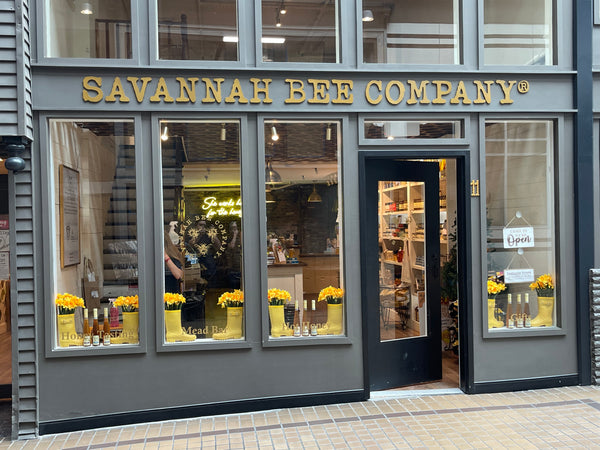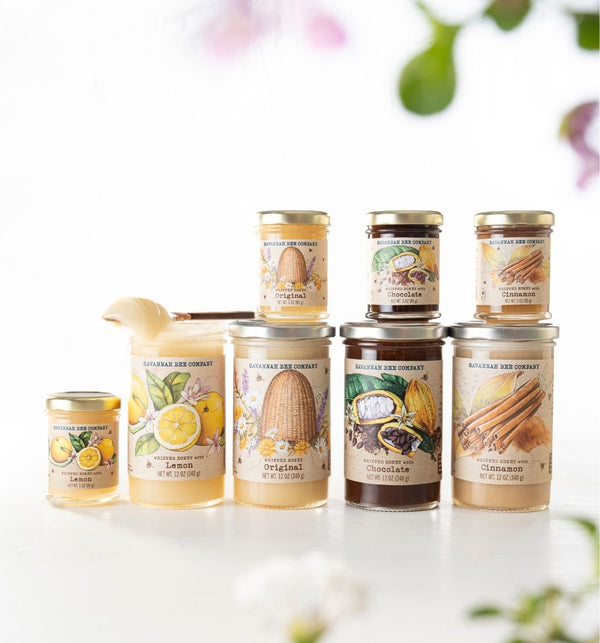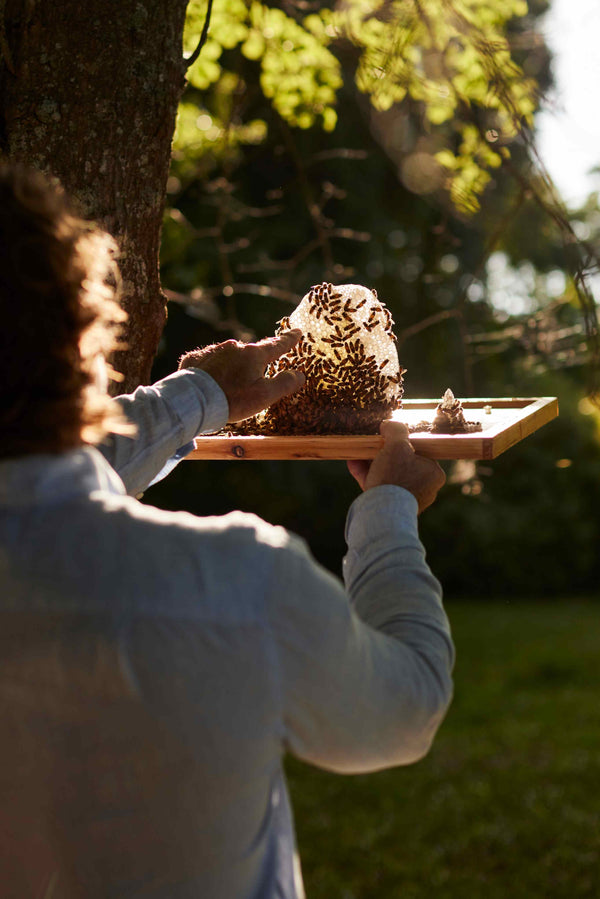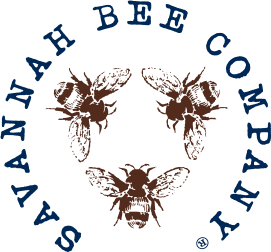Yes, Bees Can Get Drunk!
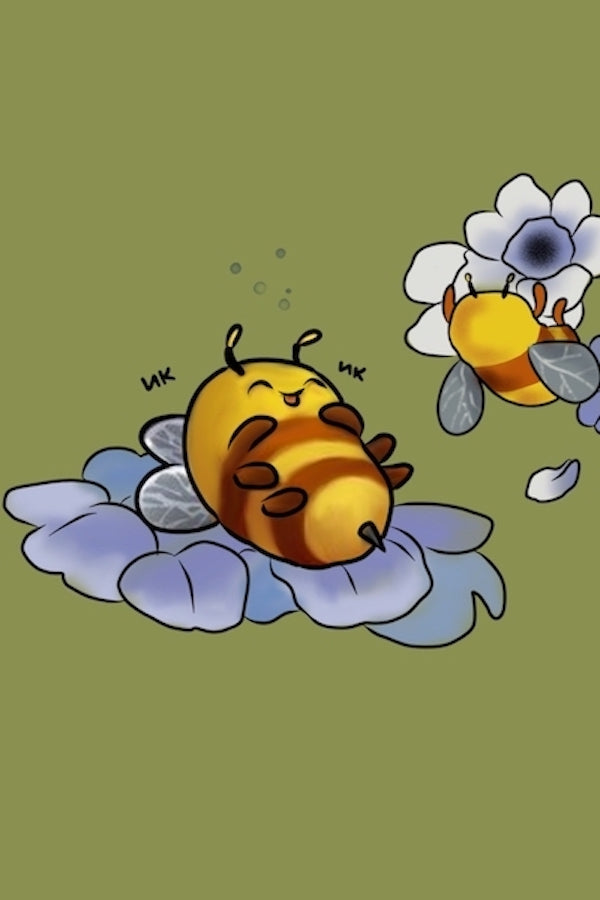
Believe it or not, humans aren’t the only ones who like to indulge in a little alcohol!
After treating themselves to some fermented nectar or sap, bees, too, can feel a little buzz.
But for bees, drinking isn’t nearly as fun as it can be for humans — in fact, it doesn’t go over well with the rest of the colony at all. So what really happens when these hard-working insects let loose?
What do Bees Drink?
We know that alcohol comes from a lot of sources — rye, barley, or agave being some of the most popular.
But a ton of different grains, fruits, or vegetables can turn into alcohol through a process called fermentation.
This chemical process happens when yeast eats the sugars in the other ingredients and creates ethanol, the stuff that gets you drunk.
A bee’s main goal is to collect pollen and nectar from plants and trees.
So when they’re collecting in the summer, keeping in mind that high heat can cause fermentation, there’s the slight chance they could stumble upon some fermented flower nectar.
The same thing can happen with trees. Take the lime tree for example. Honeybees love lime trees sweet, delicious sap.
In brutal summers once the sap heats up, it can easily ferment, and - Voila! You have a drunk bee.
What Happens When Bees Get Drunk?
Bees act a lot like humans when they get drunk, just a lot cuter.
Their motor functioning is completely thrown off, and their memory processing is impaired.
To us, a drunk bee just looks goofy — bumping into objects or walls, refusing to fly, or even forgetting where it was going and getting lost.
With humans, this sort of behavior is common, drinking being largely socially acceptable. But in the bee world, drunkenness is strictly prohibited.
After taking a swig of some fermented sap or nectar, the drunken bee will return to it’s hive and do the waggle dance (the completely adorable way bees convey messages and communicate directions to the rest of the hive).
When a bee is drunk, it’s not hard for other members of the colony to notice it in their waggle dance.
Once spotted, the guard bees of the hive will immediately begin their investigation and punishment.
Honeybees are quite strict, and their reaction to a criminal offense is borderline medieval.
Without question, the guard bees will bite off the drunken bee’s legs, leaving it with little to no chance of survival. Pretty harsh for an accidental buzz.
This punishment serves as a warning to the rest of the hive.
Work is incredibly important to the honeybee — it’s essential to their short lives.
Indulging in slovenly behavior, accidental or not, results in assured death.
By punishing the drunk bee, the guard bees remind the worker bees to never stray away from their duties to their colony.
How Drunk Bees Help Humans
Even though tipsy bees will almost always meet a gruesome end, studying the way alcohol affects honey bees can actually help scientists better understand the effects of alcohol in humans.
"On the molecular level, the brains of honey bees and humans work the same,” wrote Julie Mustard, a study co-author and postdoctoral researcher in entomology at Ohio State University.
“Knowing how chronic alcohol use affects genes and proteins in the honey bee brain may help us eventually understand how alcoholism affects memory and behavior in humans…”
Mustard studied the effects that ethanol had on honey bee behavior, aiming to eventually prove the long-term and social effects that alcohol has on human behavior.
Luckily, you can feel free to indulge in some alcohol and enjoy it, maybe even some mead from the bars in one of our retail locations.
We’ll let you keep your legs.
#savethebees
Published



